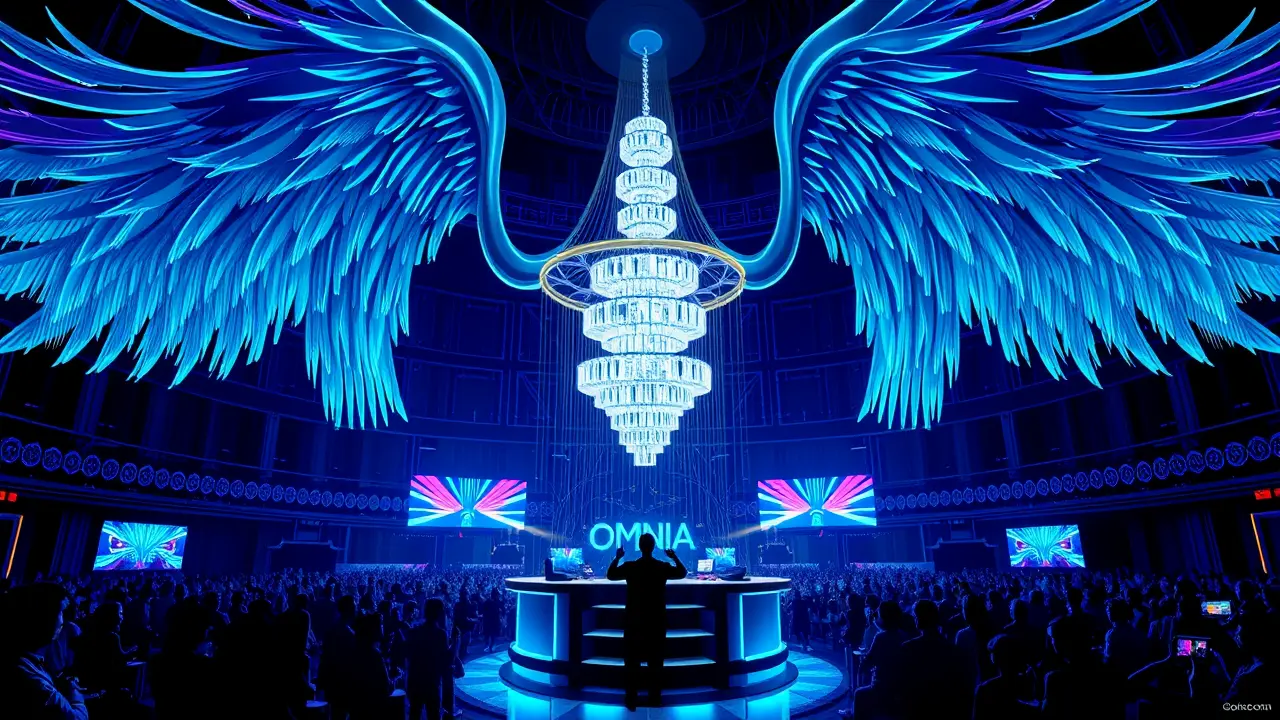Deorro's Unstoppable EDM Journey in Las Vegas
There’s a certain rhythm, a harmonic convergence, that feels just right about Deorro’s ongoing residency at OMNIA, that cathedral of sound on the Las Vegas Strip. Night after night, under the club's now-legendary kinetic chandelier—a structure so intricate and awe-inspiring it’s been likened to a biblically accurate angel, all fluttering wings and countless watchful eyes—the globally famous EDM DJ conducts the faithful.He doesn't just play tracks; he builds symphonies from synth waves and bass drops, his sets flowing with the narrative arc of a perfectly sequenced album. This isn't merely a gig; it's a homecoming, the culmination of a journey that mirrors the very evolution of electronic dance music itself.Las Vegas, once a bastion of crooners and casino revues, has been utterly transformed into the undisputed global capital of EDM, and artists like Deorro are the new headliners, the modern-day Sinatras commanding the room with a mixer instead of a microphone. His sound, a vibrant fusion of pulsating electro-house and the infectious, rhythmic patterns of his Mexican heritage, creates a unique sonic signature that cuts through the often-formulaic nature of mainstage fare.To understand his resonance, one must look back to the pioneers—the Chemical Brothers bending minds with their psychedelic big beat, Daft Punk robotically revolutionizing disco from a Parisian bedroom, Tiesto elevating trance to Olympic ceremony status. Deorro operates in their lineage but carves his own path, his sets feeling less like a pre-recorded show and more like a live, breathing entity, a call-and-response with a crowd that hangs on every filter sweep and snare roll.The business behind this is staggering; a Vegas residency is the financial and cultural apex for an electronic artist, a multi-million dollar enterprise involving complex contracts, exclusive label deals, and a symbiotic relationship with the city's tourism engine. Industry insiders point to this model as both a savior for the post-recession club scene and a potential creative trap, where artistic innovation can be stifled by the demand for a consistent, tourist-friendly product.Yet, Deorro navigates this tightrope with a producer's ear, often testing new, unreleased material in this high-stakes environment, treating the dancefloor as both a sounding board and a crucible. The very architecture of OMNIA, with its main room dominated by that mesmerizing chandelier, becomes an instrument in his hands; the light seems to pulse in time with the kick drum, the wings extending during a melodic break, creating a multisensory experience that transcends a simple night out.It’s a testament to how far the culture has come—from illicit warehouse parties to this temple of hedonistic luxury. The consequences of this mainstream embrace are double-edged: while it brings incredible resources and visibility, it also dilutes the underground ethos that birthed the movement.But watching Deorro command the deck, a conductor before his orchestral array of CDJs, as the crowd moves as one single, euphoric organism, it’s clear that the soul of the rave is very much alive. It has simply found a new, dazzling home beneath the neon glow, proving that in the heart of the desert, the beat, indeed, is unstoppable.
VE
VegasVibes3 hours ago
that chandelier sounds insane tbh i gotta see it irl
0
© 2025 Outpoll Service LTD. All rights reserved.
